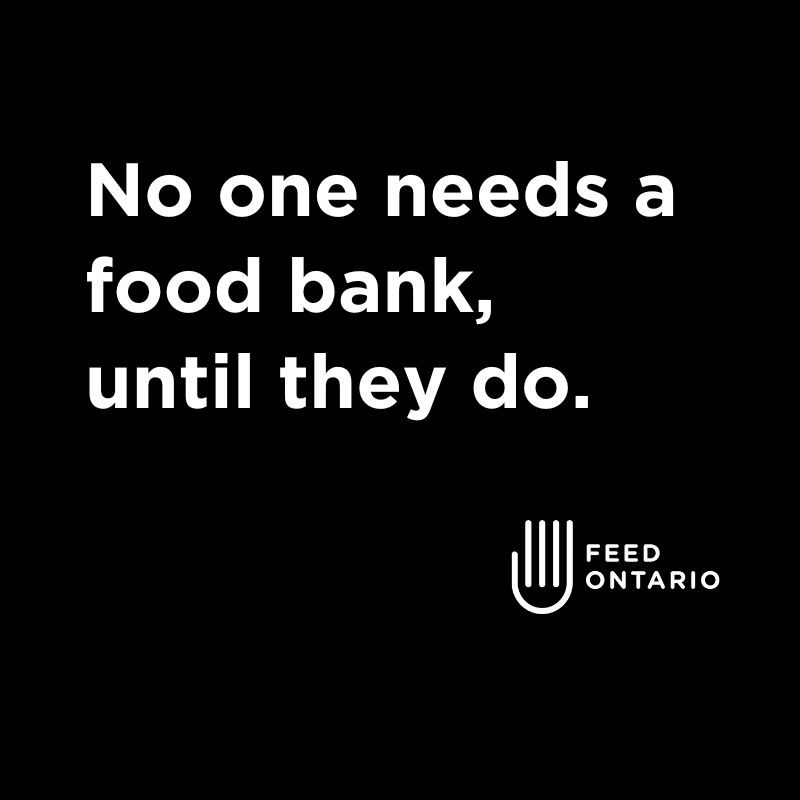
No one plans to go without food. The rising cost of living, an increase in housing costs, unexpected lay-offs, or low-income work make hunger a reality for too many people. When expenses exceed income, food is often the first thing people go without to make way for fixed costs like housing and heat.
Even prior to the onset of the pandemic, working Ontarians were facing increased challenges in earning the income they needed to afford the basic necessities each month. As of 2019, Ontario has the highest proportion of minimum wage workers in Canada. Minimum wage and contract positions are often inconsistent in nature and rarely offer health benefits or sick days. As a result, workers in precarious positions are walking a fine line between having just enough and needing to access a food bank for support, leaving no room for retirement savings or unplanned expenses and emergencies.
- In the four years leading up to the pandemic, the proportion of employed adults accessing food banks grew by more than 44%.
- 86% of food bank users are renters and the proportion of visitors who own their home has increased 23% over the previous year.
- 14% of our network food banks provide employment search assistance.
Learn more about how hunger also affects people with disabilities, children, and seniors, and the three ways you can help.
General Statistics:
- 587,000 adults, seniors, and children accessed a food bank in Ontario between April 1, 2021 and March 31, 2022 – an increase of 15% over the last three years.
- Ontario’s food banks experienced a 64% increase in first-time visitors since 2019.
- Ontario’s food banks were visited more than 4.3 million times throughout the last year, an increase of 42% over the last three years.
- Feed Ontario supports 1,200 hunger relief organizations across the province and distributed more than 7.3 million pounds of food last year, 63% of this was fresh or frozen.
- 91% of food banks provide services and programming beyond emergency food support.
- Between January and September 2022, the number of people accessing food banks increased by 24% over the same period in the previous year alone.
